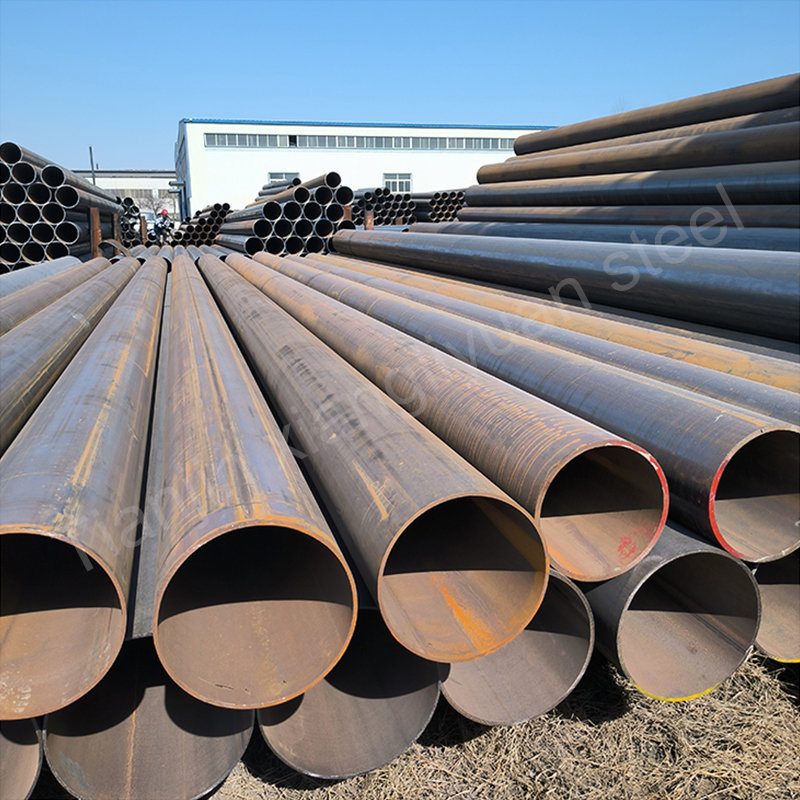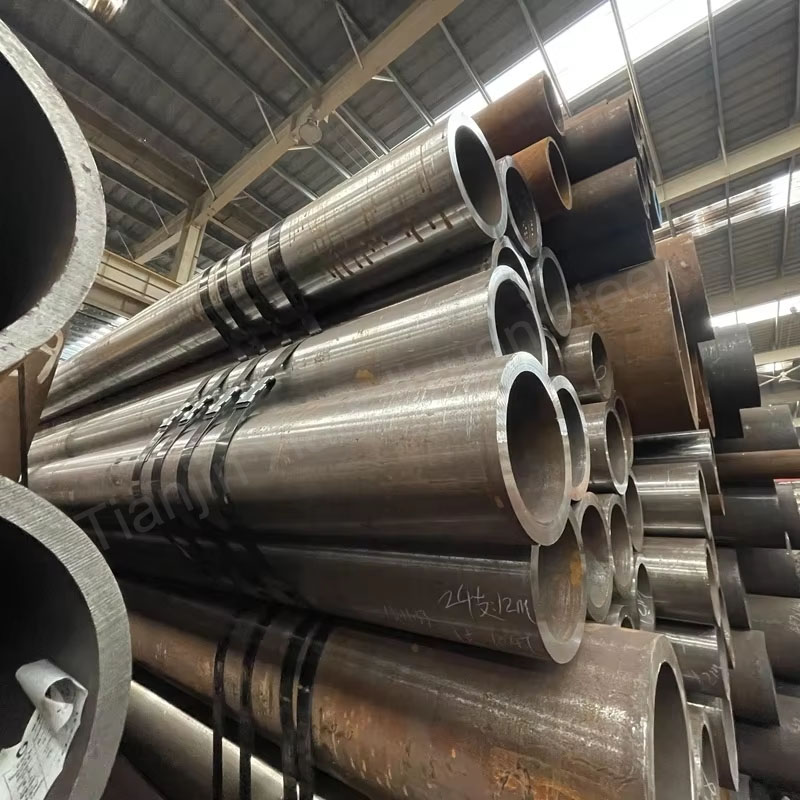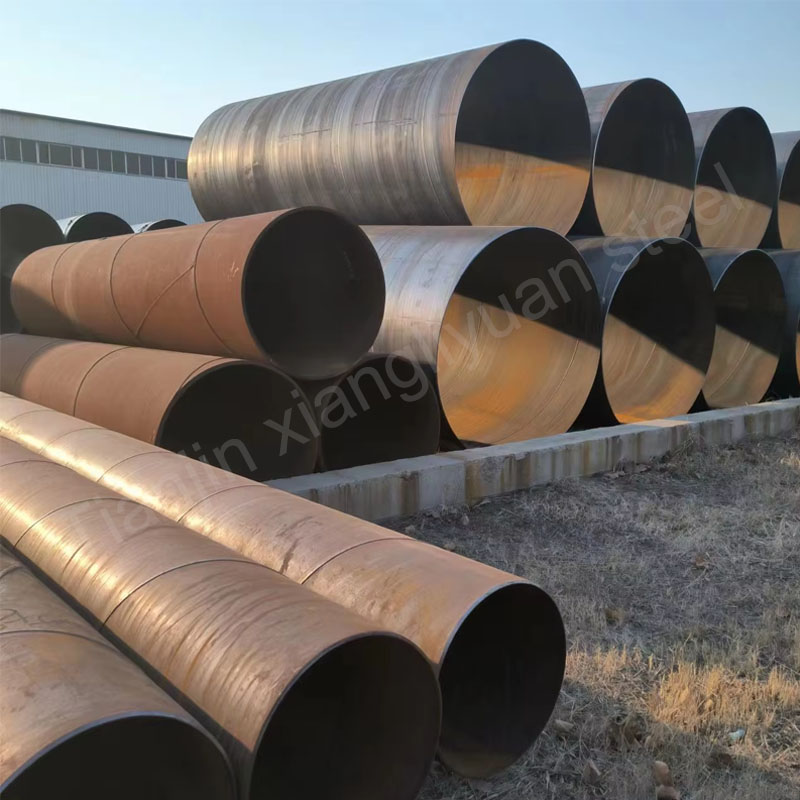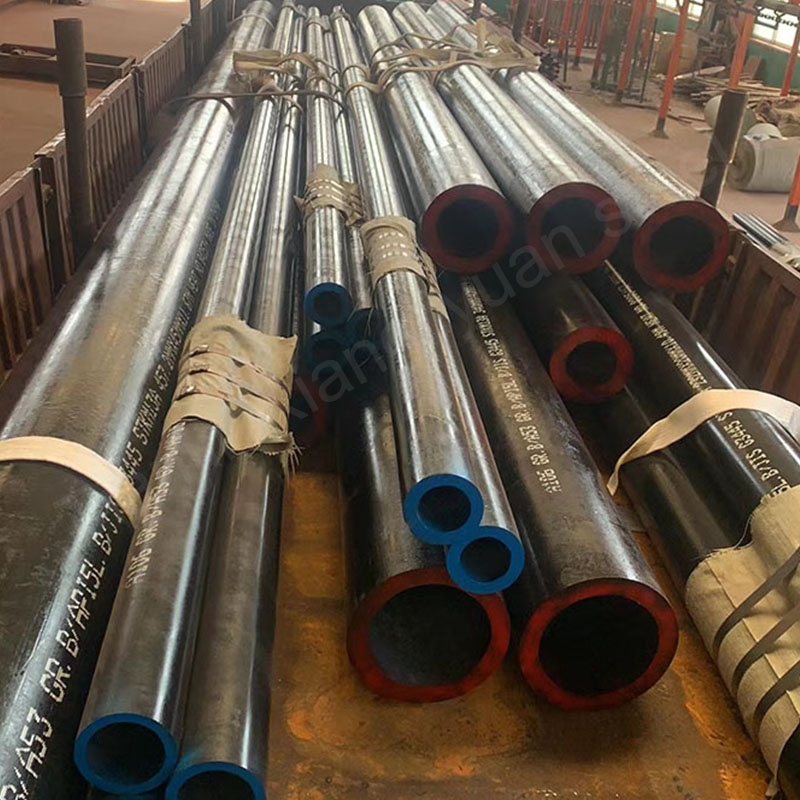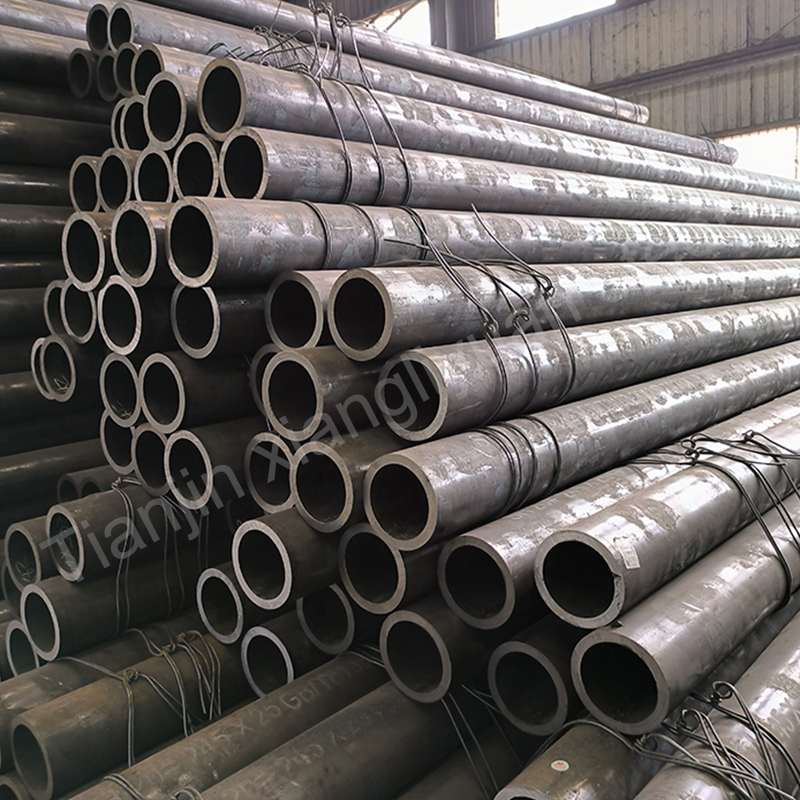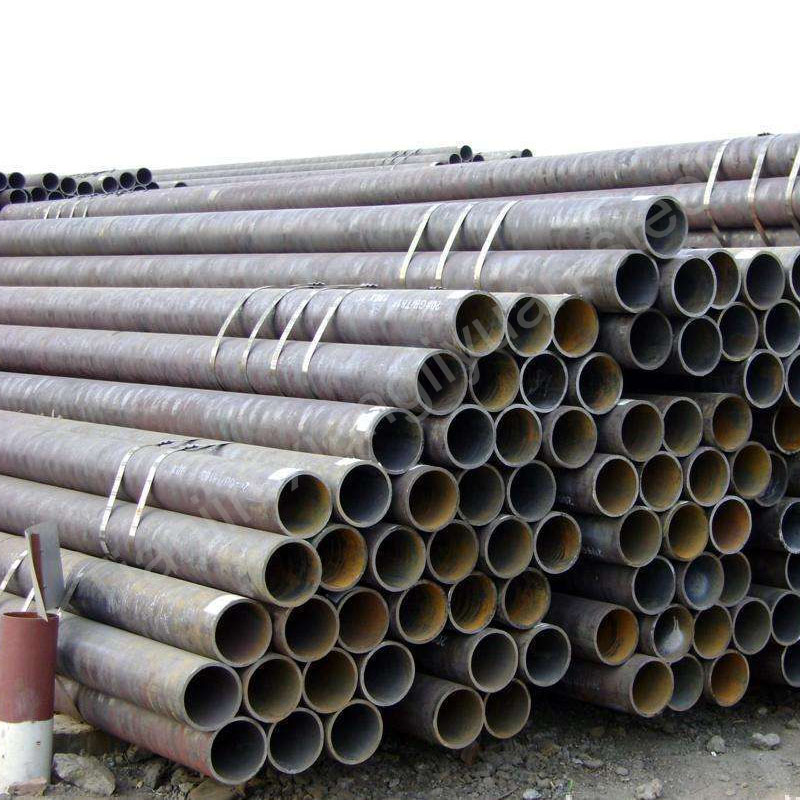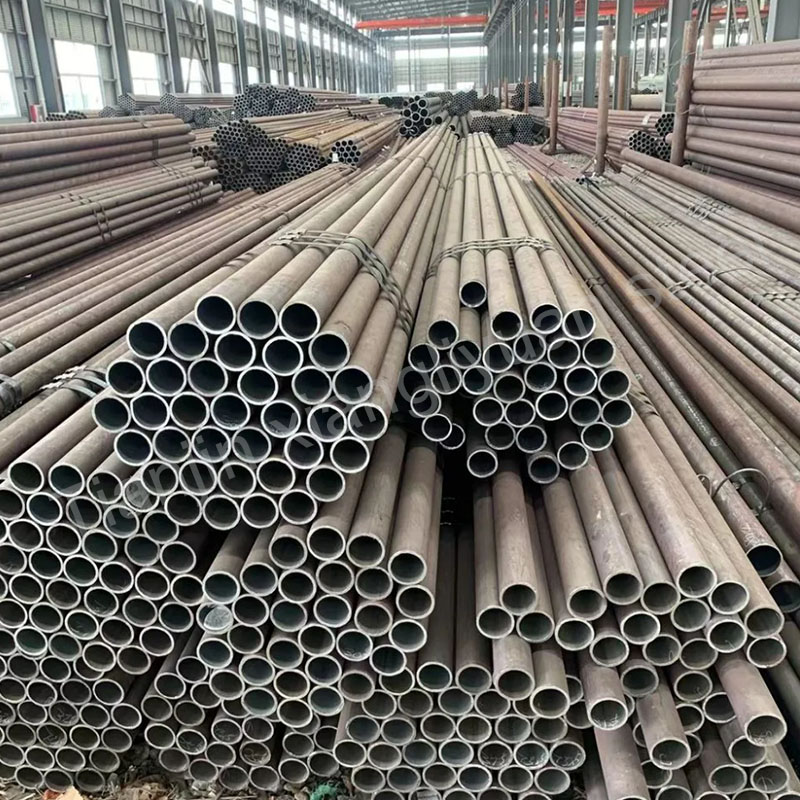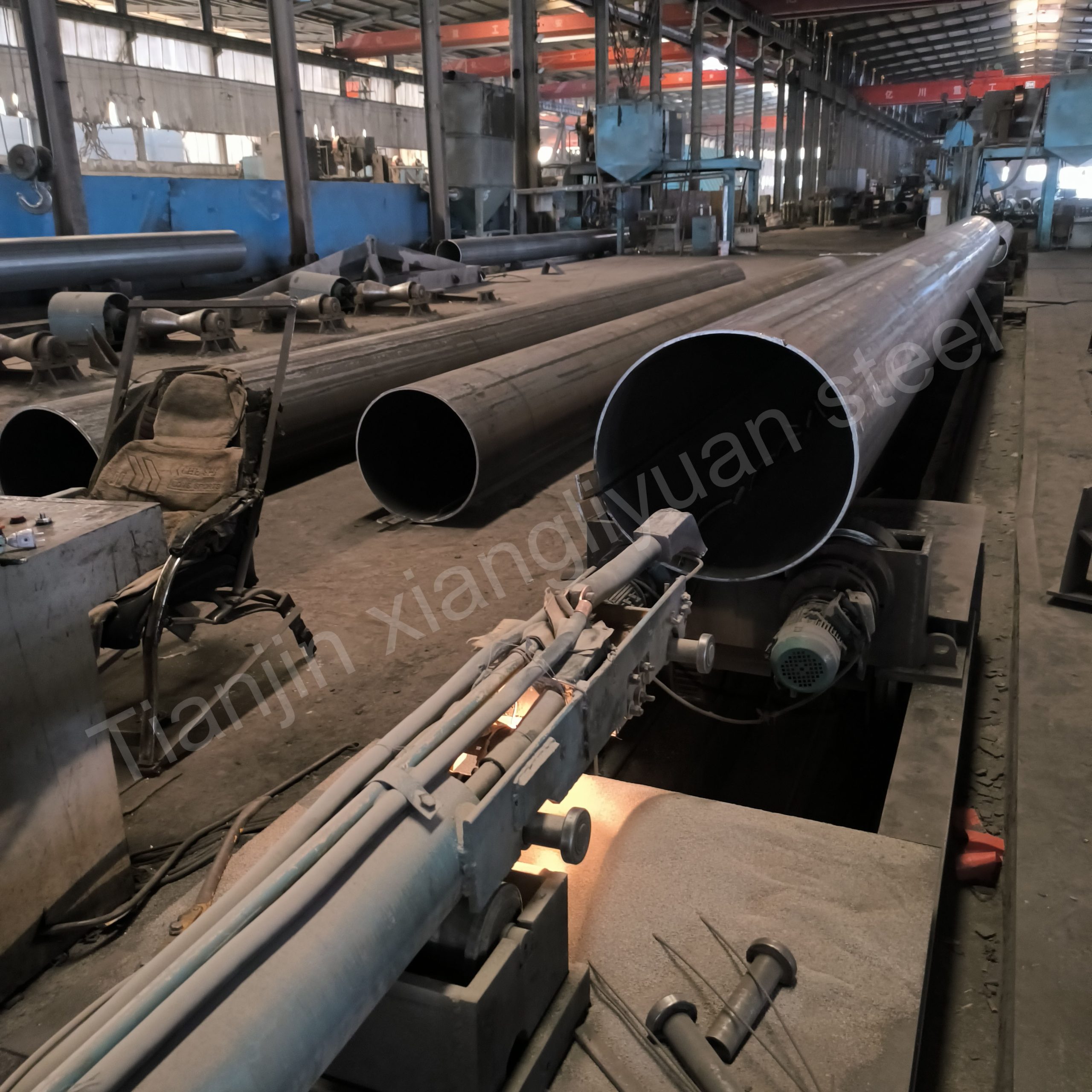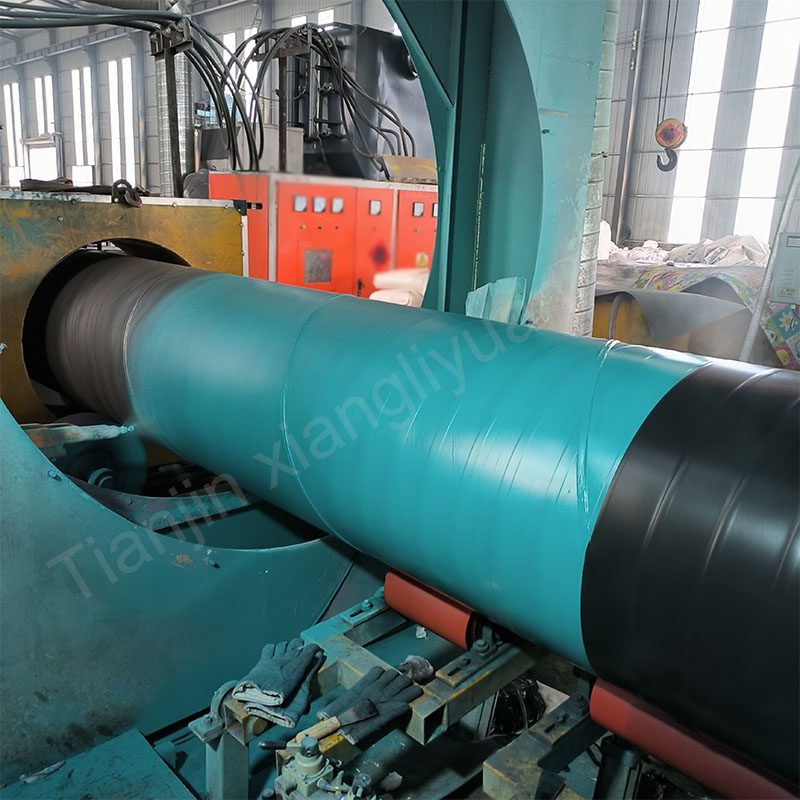Welded steel pipe weld seam style and characteristics According to the weld seam form and processing technology, welded steel pipe is mainly divided into straight seam welded pipe, spiral welded pipe and other special weld seam forms (such as girth welding, spot welding). Different weld
Is there a difference between Steel Pipe and Steel Tube? In the fields of engineering, construction and industrial manufacturing, steel pipe and steel tube are often mentioned. Although the two are similar in appearance and material, and can be collectively referred to as steel pipes
Seamless steel pipes and welded pipes (including straight seam welded pipes and spiral welded pipes) have significant differences in manufacturing processes, performance, uses and costs. The following is a detailed comparison of the advantages and disadvantages of the two: Advantages of seamless steel pipe No
The surface treatment methods for seamless steel pipes vary according to the purpose, use environment and performance requirements. Common surface treatment methods are mainly used to improve the corrosion resistance, wear resistance, aesthetics of steel pipes or meet special process requirements. The following are common
Seamless steel pipes have a variety of sizes and specifications. In order to meet the needs of different uses, there are usually multiple standard ranges in terms of outer diameter, wall thickness and length. 1. Common outer diameter range Small diameter seamless steel pipe: outer
Seamless steel pipes are a type of steel pipe without welds. They are widely used in many fields due to their excellent mechanical properties and pressure resistance. The following is a detailed introduction to the seamless steel pipe standards of major countries and regions: 1.
Common materials and steel grades for seamless steel pipes Depending on the material and purpose of seamless steel pipes, a variety of steel grades and materials are used to meet different technical requirements. The following is a classification of common seamless steel pipe materials and
Seamless steel pipe is a kind of steel pipe without welds. It is widely used in many fields due to its excellent mechanical properties and pressure resistance. The following is a detailed introduction to the seamless steel pipe standards of major countries and regions: 1.
The caliber range of welded steel pipes is very wide. The specific caliber models vary according to different standards (such as national standard GB, American standard ASTM, European standard EN, etc.), but generally cover the following caliber classifications: 1. Nominal diameter (DN) Small diameter welded
Pickling 1. Use acid to remove impurities such as scale and rust on the surface of the steel pipe. After pickling, the surface of the steel pipe becomes smooth and suitable for further coating or plating. Sand blasting 1. Use high-speed sand flow to clean

